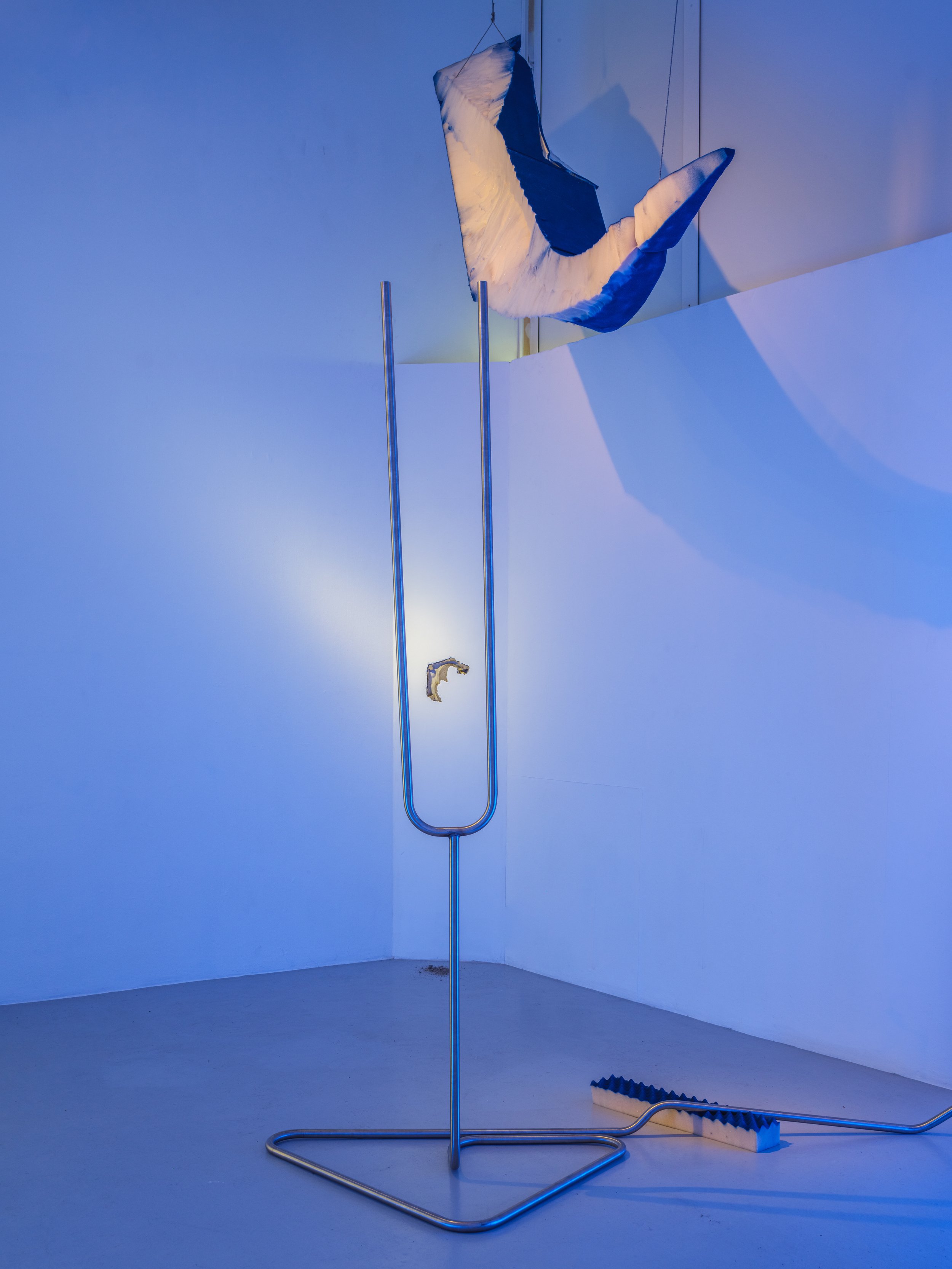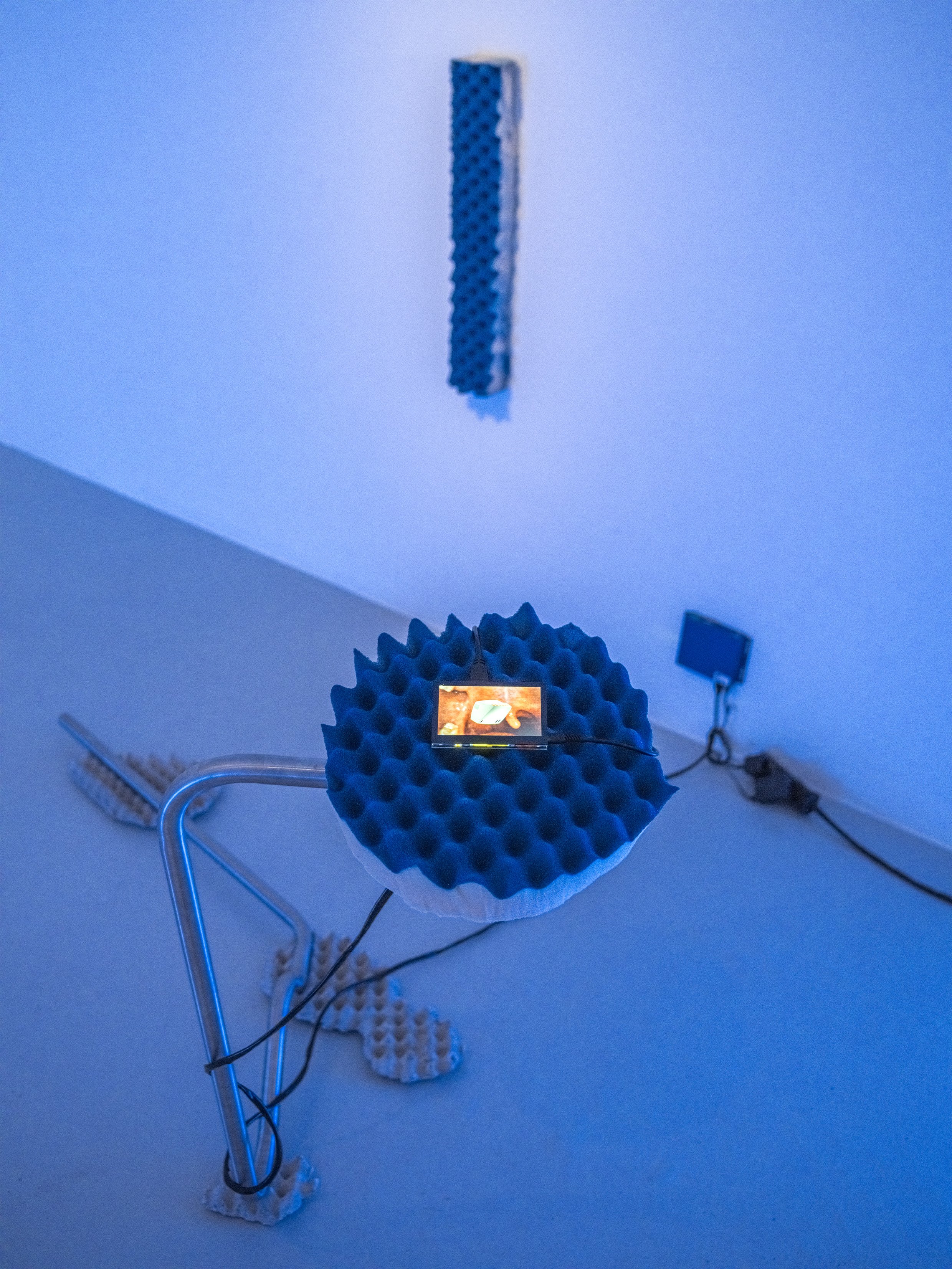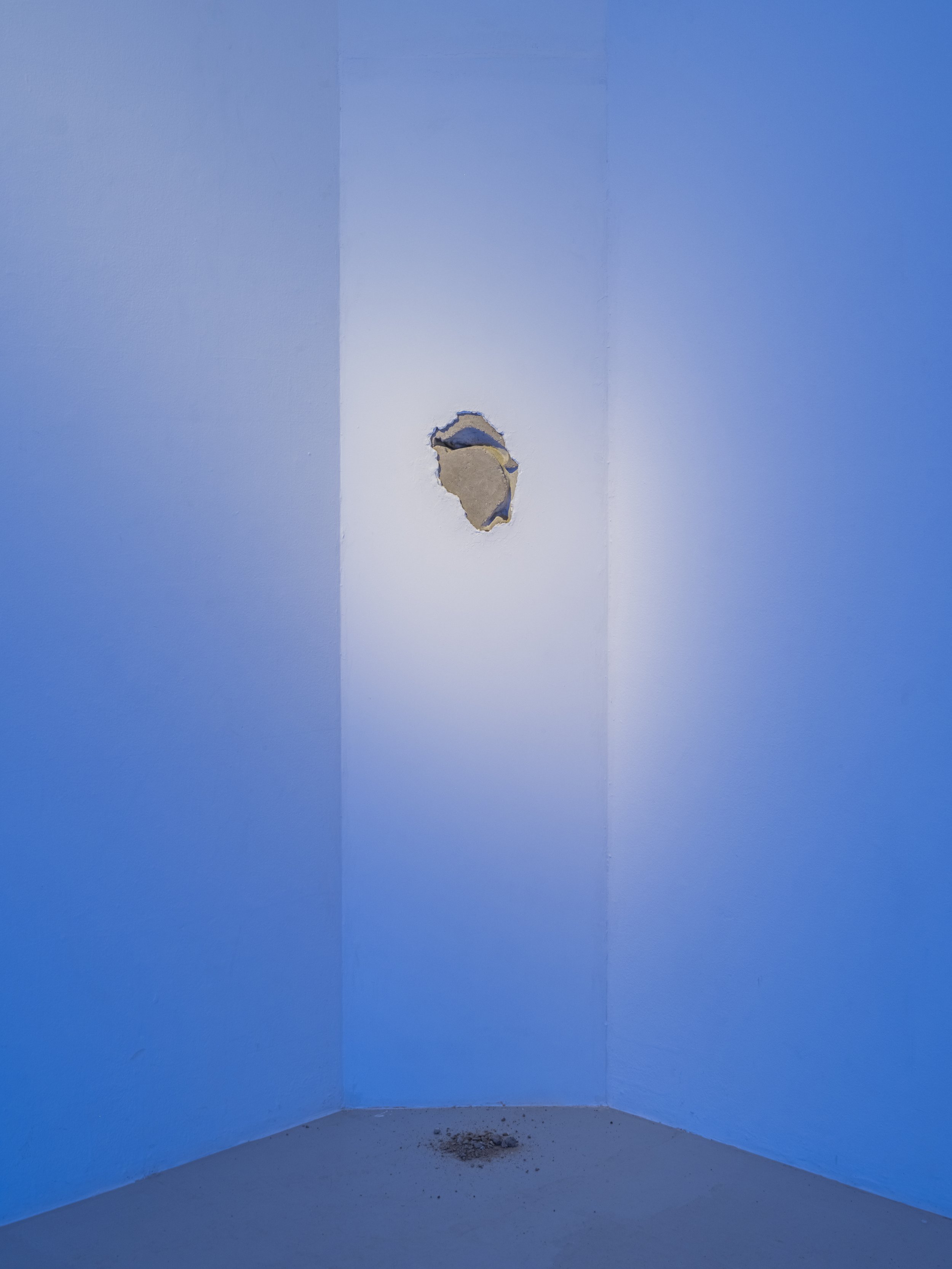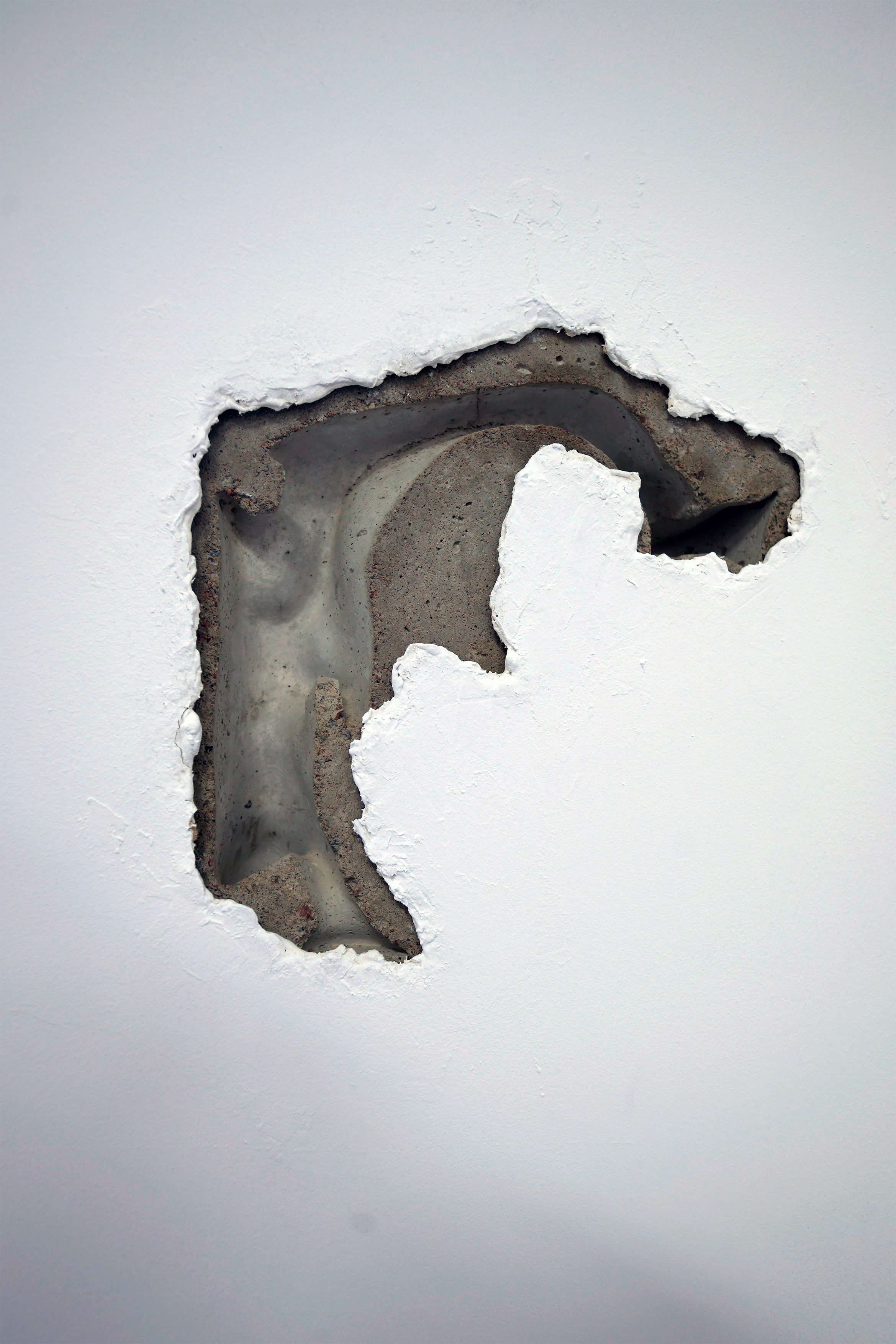The Failure of the Laryngologist’s Dream
The exam exhibition at the Royal Institute of Art, Stockholm.
All photos by Jean-Baptiste Beranger, unless otherwise stated.





photo: Aron Fogelström

map of exhibition
‘No one can yet say that he has watched the vocal cords during the natural and unconstrained performance of their duties,’ writes one voice culturist in 1894, confirming the failure of the laryngologist’s dream.
– Wayne Koestenbaum
The Queen’s Throat: Opera, Homosexuality, and the Mystery of Desire, 2001
____________________________________________
Six years ago, I was told I had learned to speak incorrectly. And so, the laryngologist’s dream became my own. To see with clarity the mystery of speech.
This exhibition presents what remains after the fulfillment of the titular dream – after a German-speaking man and woman entered the narrow magnetic cylinder of an MRI machine. But this is not about them.
Rather, it is about the revelation of their speech acts. It is about how their voices extended their bodies, stretching until they finally broke off.
It is about the two ‘German’ vowels [a] and [ɪ] that remain wrestling within these four walls, this slanted ceiling and this cement floor.* Though they certainly are not enemies, closed confines ultimately force confrontations – in this case, diphthongs.** These two speech fragments hit wall after wall, colliding into each other in intricate acoustic patterns.
The resulting utterances constitute an ultra-local dialect of German, which finds its way through English into Swedish. All three languages tell their respective stories:
ei [aɪ] – the egg
I [aɪ] – the self
aj [aɪ] – the small pain
Spoken language is a negotiation of bodies, both human and architectural. Entering a space is placing one’s body in an acoustic relation. Your presence alters a space. And so, your presence will alter this room. The repeated word eventually shapes its container according to itself.
____________________________________________
* [ ] – indicates phonetic symbols from the international phonetic alphabet (IPA), used to convey pronunciation.
** Diphthong – from Ancient Greek, meaning two sounds. When one vowel glides into another within the same syllable. In most varieties of English, the phrase "no highway cowboy" has five distinct diphthongs, one in every syllable.
____________________________________________
Sincere thanks to:
Silvia Thomackenstein, Lior Nønne Malue Hansen, Tris Vonna-Michell, Neil Bhat, Breogán Xague, Kayo Mpoyi, Ming Wong, Erik Thulén, Annette Felleson, Asier Mendizabal, Johanna Gustafsson Fürst, Therese Norgren, Raphaël Sarti, Martin Christensen, Sebastian Lindén, Andreas Hammar, Daniel Norrman, Annie Åkerman, Lars Hammarström, Sol Nørgaard, Jean-Baptiste Béranger, Andrea Larsson, Sanna Håkans, Caio Marques de Oliveira, Erik Lokrantz, Bromma Stål AB, Hägerstensåsens tandvårdsteam, the entire wonderful MFA ‘25 class of the Royal Institute of Art and every other person whose support, encouragement and guidance has made this exhibition possible.